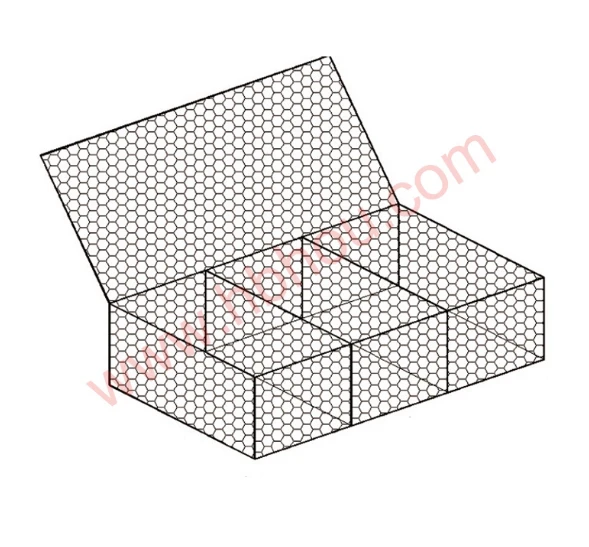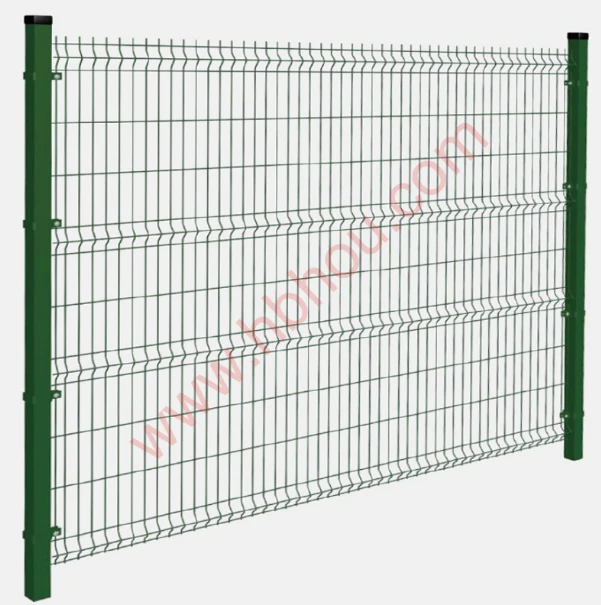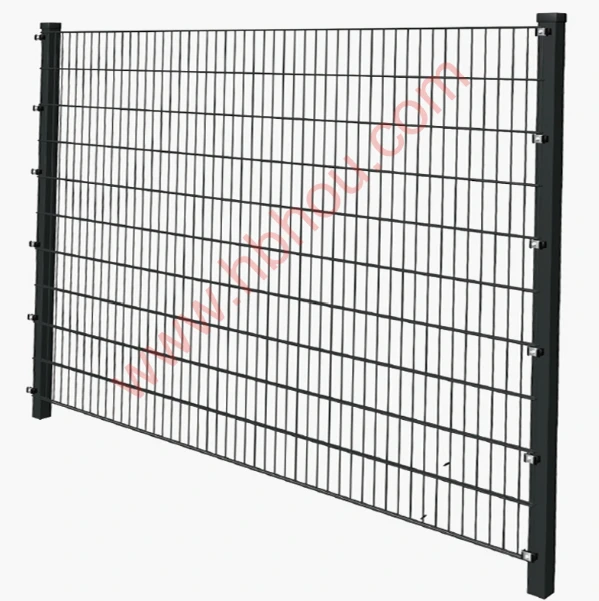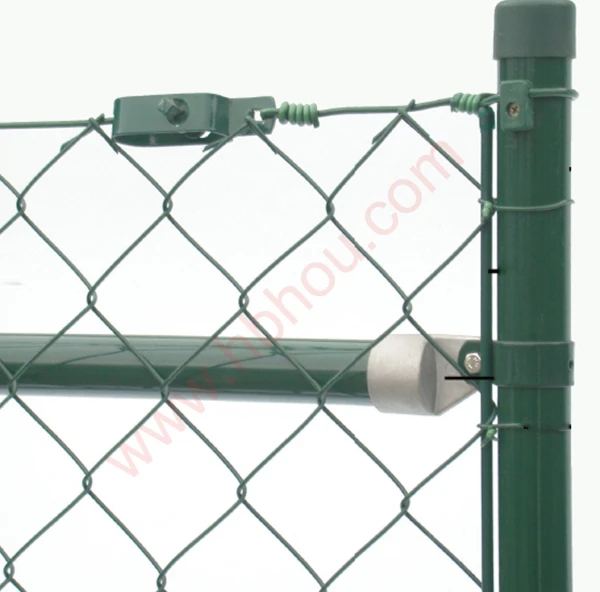The Benefits and Applications of Gabion Cage Stones
Gabion cage stones, often seen in various construction and landscaping projects, are more than just practical solutions—they're a blend of functionality and aesthetics that contribute significantly to the environment. Gabions, which are wire mesh cages filled with rocks or stones, have been used for centuries, playing a crucial role in civil engineering and landscaping.
What are Gabion Cages?
Gabion cages are rectangular or cylindrical enclosures made from durable wire mesh, designed to hold a substantial amount of stones or boulders. Typically, the wire is galvanized or coated to prevent corrosion, ensuring longevity and effectiveness. Once filled, these cages are stacked to create walls, barriers, or other structures. Their versatility makes them suitable for various applications, from erosion control to decorative landscaping features.
Erosion Control
One of the most significant advantages of gabion cage stones is their effectiveness in controlling erosion. Natural water flow can cause substantial damage to riverbanks, coastlines, and even roads. Gabions act as barriers, absorbing the impact of flowing water and reducing sediment movement. By trapping loose soil and rocks, these structures stabilize banks and prevent further degradation. This application is particularly vital in areas prone to flooding or heavy rainfall, where soil erosion can lead to significant ecological and infrastructural damage.
Structural Support
gabion cage stone
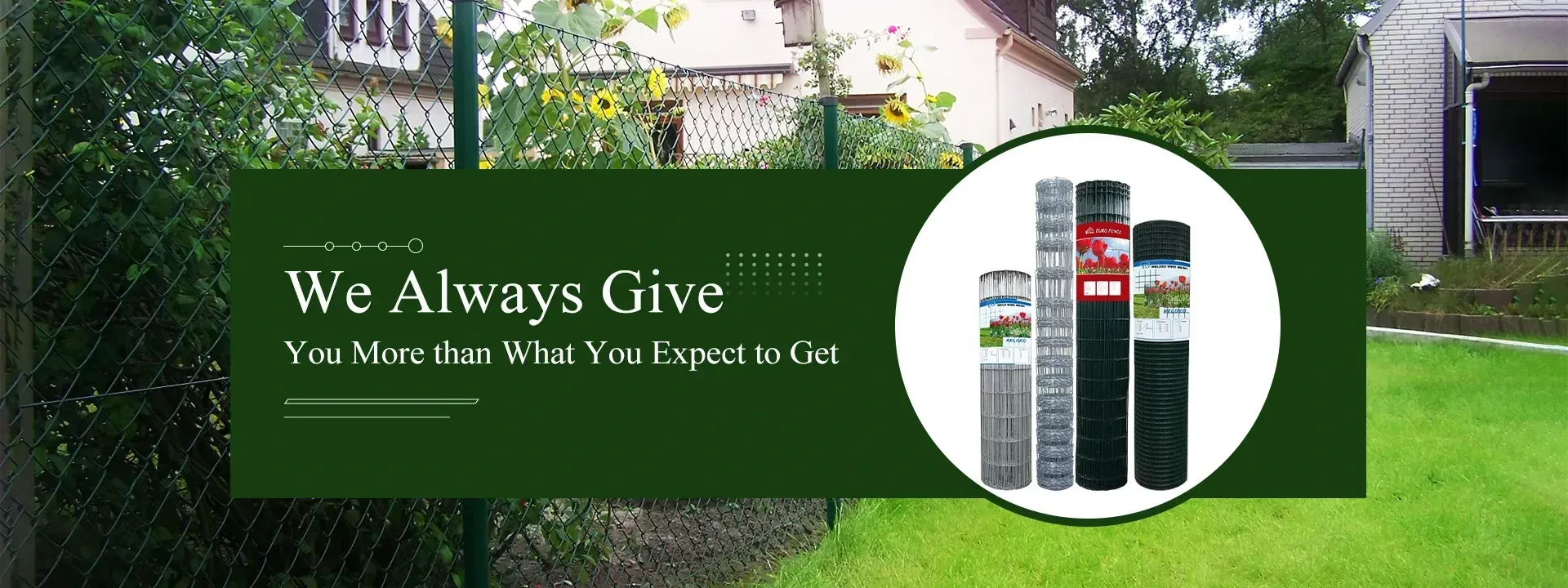
In addition to combating erosion, gabion cages are used for structural support in both commercial and residential projects. They can be deployed to hold back earth, serving as retaining walls that facilitate the construction of roads, buildings, and other structures on hilly or uneven terrain. Unlike traditional retaining walls, gabions are flexible and can adapt to shifting soil, reducing the likelihood of collapse. This characteristic also allows for natural drainage, preventing water accumulation behind the wall, which is a common issue in conventional structures.
Ecological Benefits
Gabion cage stones are also praised for their ecological benefits. When used in landscaping, they can integrate seamlessly with nature. Over time, vegetation can grow on and around the cages, promoting biodiversity and creating habitats for various species. Additionally, they provide an aesthetic appeal, making them a popular choice for garden borders, walkways, and decorative ponds. The use of natural stones in gabions allows them to blend into the surroundings, making them an environmentally friendly option that minimizes the visual impact on landscapes.
Cost-Effectiveness
From a financial perspective, gabion cages present a cost-effective solution compared to conventional construction methods. The materials required are often readily available, and the installation process is relatively simple, requiring less labor and machinery. This not only reduces overall project costs but also shortens construction timelines. Furthermore, the durability of gabion cages means that they can withstand harsh weather conditions, minimizing maintenance needs and expenses.
Conclusion
Gabion cage stones are a remarkable tool in modern construction and landscaping, offering a range of benefits, including erosion control, structural support, ecological advantages, and cost-effectiveness. Their ability to serve multiple purposes while blending harmoniously with nature makes them an invaluable asset in various projects. As the demand for sustainable building practices grows, gabions will likely continue to be a vital component of environmental engineering and landscape design, proving that practicality and aesthetics can coalesce in remarkable ways.











